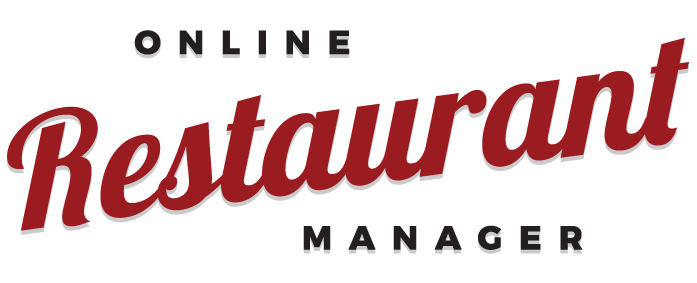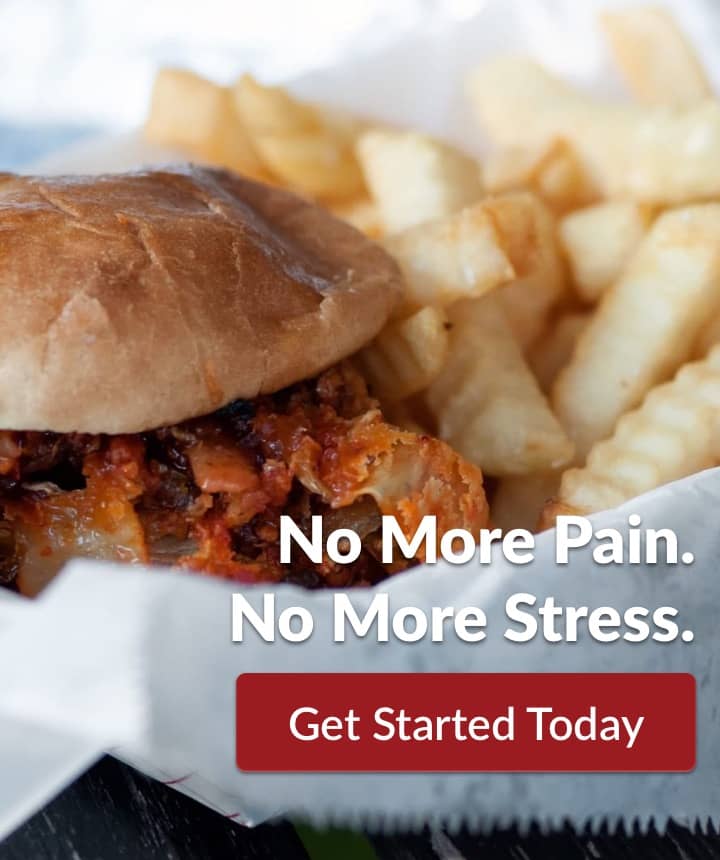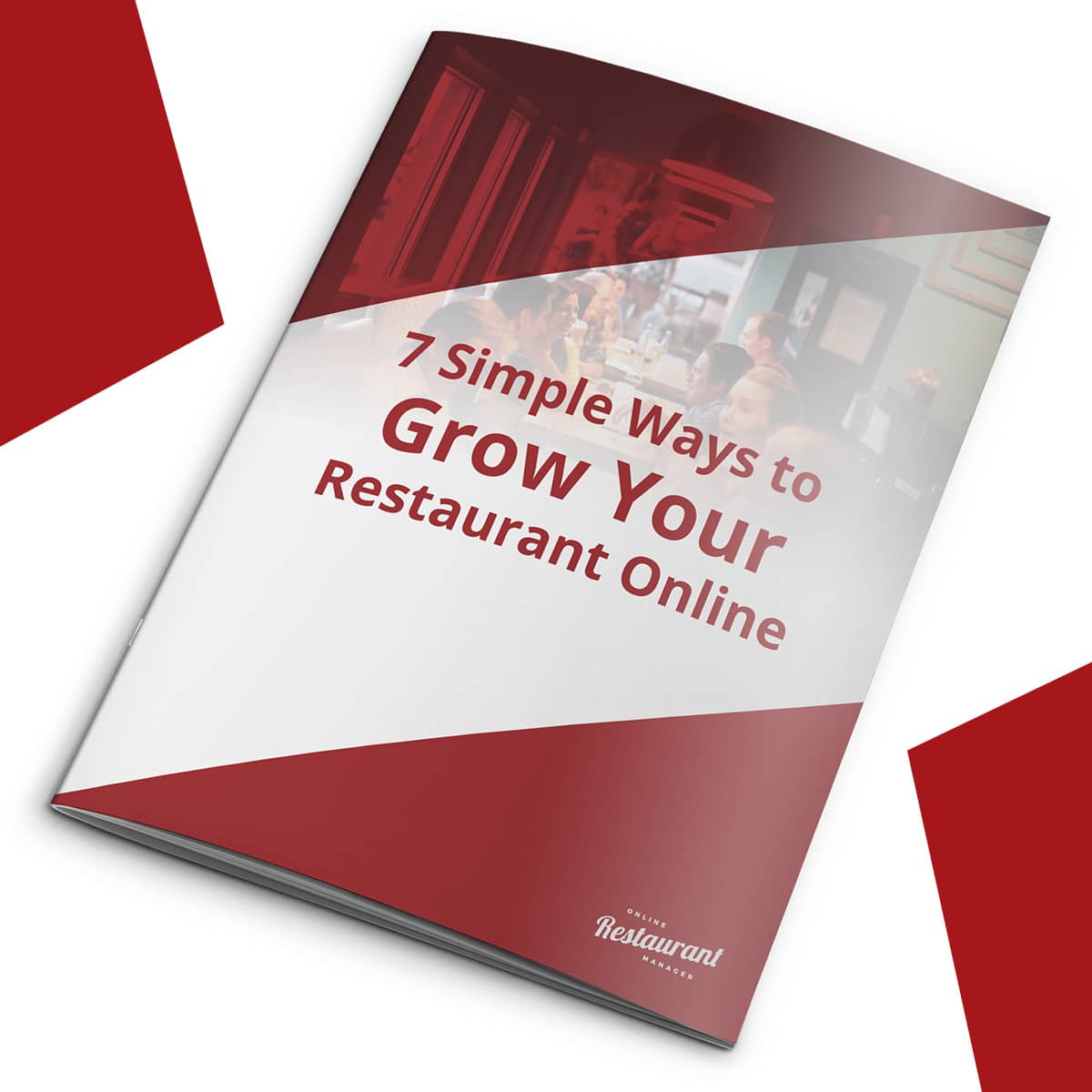How much is every guest worth to you? Do you know the actual lifetime value of every single guest you have in your restaurant?
Well, that’s what we are here today to discuss.
We want to give to you the understanding that instead of focusing on that $25 meal or a $12 sandwich plus a drink, plus chips, there’s more to it.
You need to be aware of that so that you can sort of plan your activities around each customer’s experience to meet that.
So let’s define Customer Lifetime Value.
The average Customer Lifetime Value for any restaurant should be measured in years, in frequency of visits, rather than only one visit. Ideally you want to keep your guests coming back frequently.
We all know that getting new customers in the door is great, but what do you do once they are there? How do you get them to come back?
The coming back is where the value lives. That is what the Customer Lifetime Value is.
So, for example, if you’re a sandwich shop, your ideal Customer Lifetime Value might be $1200. And that is measured in a $12 meal – a $12 ticket price – over the course of 10 visits. That seems small… or maybe that seems large to you – it’s all a matter of perspective.
You should define that.
Be aware so that you can build proper customer relationship communications. Whether that’s within the restaurant itself or marketing to get customers into the restaurant or marketing after they visit with the restaurant – become a customer and then go away – how are you going to continue to treat them in a manner that invites them back and tells them that they’re going to not only have a great meal but they’re going to have a great experience.
How to calculate your customers lifetime value.
How to decide what your lifetime value of each guest is… it’s kind of a guess, but it’s important.
How many times does your average guest return each month, how many times does your average guest return each year, and then plan that out for the next 5 years.
Let’s say we have an average ticket size of $25, and our guest, on average, returns 3 times per month.
Well, over 5 years – that’s $25 x 3 visits per month x 12 months x 5 years, that’s a lot of money.
That’s $4500 hundred dollars for the lifetime value of a customer that frequents your restaurant 3 times a month for 5 years spending only $25.
You should treat that customer as if they are worth that value every single time they come into your restaurant. So when you are training your wait staff, when you’re training your cooks, when you’re training your managers – every single guest gets treated as if they are immediately worth $4500. Because that’s their potential value to your business.
If every single one of your customers came into your restaurant and was worth $4500, how much money would that mean for your business in 5 years? Think about that.
What would you do with $6 million?
If we think about this from the standpoint of 500 customers per month, with the same math. Those 500 customers are worth $2.25 million after 5 years. That’s $2,250,000.
That’s only 500 people per month.
Most restaurants are seeing many more than that.
So, if you continue to focus on your customer lifetime value, you’ll find that not only will your business grow, but it will grow exponentially.
If 500 people are having this great experience and you’re blowing it out of the water every single time they’re there, how many people are they going to tell?
If they tell 1 more person… if all 500 people tell only 1 more person about that, then that means you see a 2X growth in your business and you’re already looking at $5 million in 5 years.
If they tell 2 people, that’s $6.75 million dollars.
Helping your customers find value in every word you say
We are here to help you continue that customer relationship through the use of your website, through the use of email marketing, and through the use of social marketing.
We’re big on continuing the relationship conversation, and building that relationship through continued conservations with every single customer that comes in the door.
I’m sure that everyone here has been in a situation where at the register you’re asked to provide your email address. While that can seem annoying – the majority of people provide that information because they have had a great experience and they’re willing to give you little bit more value than what they are paying you.
The value here is in that communication – that contact information that they’ve given you. That’s where the exchange of value begins.
Now it’s up to you to continue that exchange of value, just like in any other transaction. Let’s take your food, for example, you give the value of food in exchange for the value of money. Well, now your customer has “1-UP”-ed you and given you their contact information.
So now, it’s up to you to provide that value after they’ve provided you with their valuable piece of data, which is their contact information.
Once you have an email address, what can you do with that? There’s several things you can do and several things you should do, there are also several things you should be aware of in not doing.
Let’s start with the things you should do.
What do you do when your customers give you their contact information?
The first thing you should do is thank them.
Thank them for becoming part of your family, a part of your core story, and being willing to share that story with others. This not only pre-frames the conversation to get them talking about your restaurant with their friends, family, and coworkers.
It also pre-frames the conversation for their experience in coming back.
The next thing you should do is focus on how can you provide continued value through continuous conversations with them. One way is to utilize an email nurture campaign.
An email nurture campaign is a series of emails that are meant to further educate, inform, and offer more value. This tactic is a great way to continue telling people about your story, inviting them to become part of your story, and inviting them to share your story.
This is where we are building the relationship, and inviting them to make their own decision to come back later. It’s a passive form of marketing and there’s a passive call-to-action, or a soft-sell.
Once you’ve completed your nurture sequence with all of these customers, then you can come back to them and invite them back to your restaurant. Maybe a deal for savings, a coupon, or a special that you’re not telling anyone else about except for “them”.
Anything that you think someone would find valuable to their life, to improve their life, and make their day better.
What should you NOT do when your customers give you their contact information?
Now a couple things that you should not do.
Once you get their email address, do not immediately spam them with hard-sale tactics, meaning don’t just immediately email them and say come back today and buy our stuff.
We need to position our restaurant as we are here to serve our customers. Provide that value before they come back and spend more money.
The reason for that is, as we explained earlier, they have already provided us with their part of the value exchange. They have given us a piece of value, which is their contact information, and now we need to fulfill the value on our side.
We want to fulfill that before we ask them to come back and provide us more value because our customers need to feel like they have gotten something in return for the value they have given.
When we hit them with the direct ask to return to our restaurant, we want to have built the relationship up. The money will continue to flow after that.
We want to over deliver on the amount of value we are providing them – past the food, past the initial experience – and continue that good experience that they had within the restaurant.
We want to remind them that they are important to us because they ARE important to us.
We are communicating with them because there is value in it for all us.
We are in this relationship for the long-haul and we don’t just want a quick turnaround.
In conclusion…
We discussed the importance of defining your customers lifetime value and gave you a few ways to ensure you keep building that relationship.
I hope that helps you understand a bit about Customer Lifetime Value and a few things that you can do to get started with continuing to build your customer relationships and really plan for that lifetime value of your customer.
If you’re looking for a way to cut your costs, save time, and see exponential growth in your restaurant business schedule your Demo here now!




